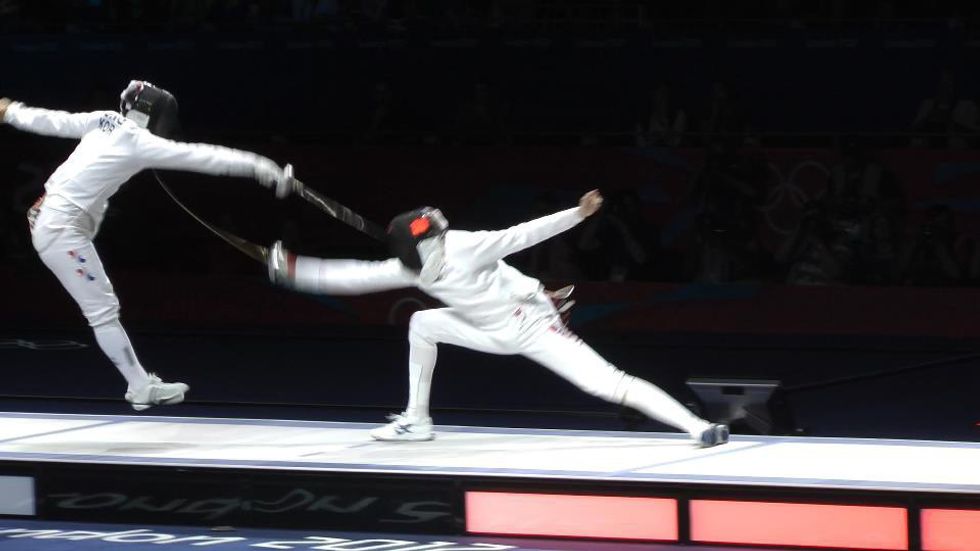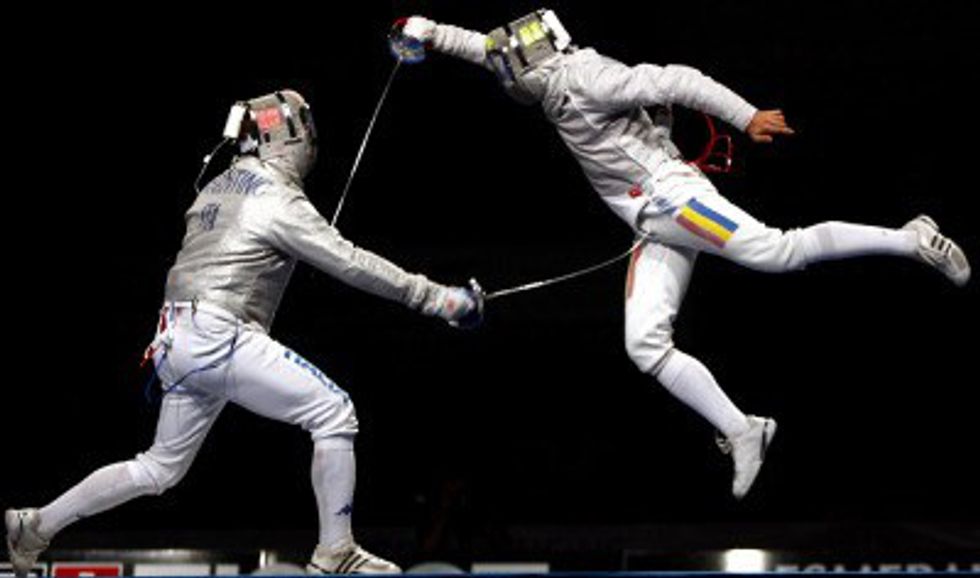In a sport that is old, renown, and refined, you would obviously expect there to be a variety of different maneuvers then just "swing or stab your sword until it connects." While that type of fencing has its place, and basic lunges and chest cuts will score you the majority of your points, here are three attacks and motions that every fencer should add to their repertoire.
STOP HITS
Recommended for you
To most saberists, the concept of stop hits doesn't make much sense, since it requires you to allow your opponent to be advancing and have the right of way, and for you to quickly attack and retreat after your opponent starts their attack, with the intention of timing them out. That thought process, however, is why stop hits are very successful, mostly because people don't expect it. That, with the addition of most beginner fencers choreographing their attacks, makes well-performed stop hits very successful for people starting out. Remember to try to attack under, or over, your opponents guard, however, as contact with that could be seen as a parry from your opponent.
Balestra with Lunge
This maneuver simply consists of a short leap forward with an immediate lunge upon landing. This both acts as a technique to quickly decrease the distance between you and your opponent and a means to score a point as well. The balestra is generally effective because most people don't expect it, as it is a move that is rarely done, so if performed correctly, you are guaranteed at least a couple points. The problem is that even though it's rarely ever expected, it tends to be easily dodged or parried. That and if your opponent connects a hit on you after the hop, it technically counts as his points due to the right away system.
FLUNGE
The last move I will be talking about is the flunge, otherwise known as the "flying lunge". This technique consists of a couple advances and then a jump towards the left (or right if they're a lefty) side of the fencer, with a flank or head cut performed before your feet touch the ground. Like the balestra, the flunge is good for immediately covering ground and getting right away, plus the intimidation of jumping towards your opponent usually catches more inexperienced fencers off guard. The height and angle of the jump sometimes also make it easier for you to strike your opponents back. This move is good as the last move in the bout, because a prepared fencer, if they detect the flunge, would be able to perform a parry/repost or stop hit.




















